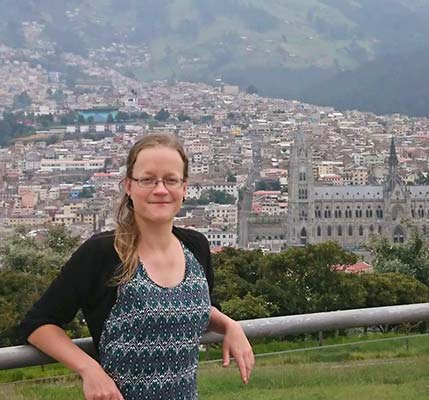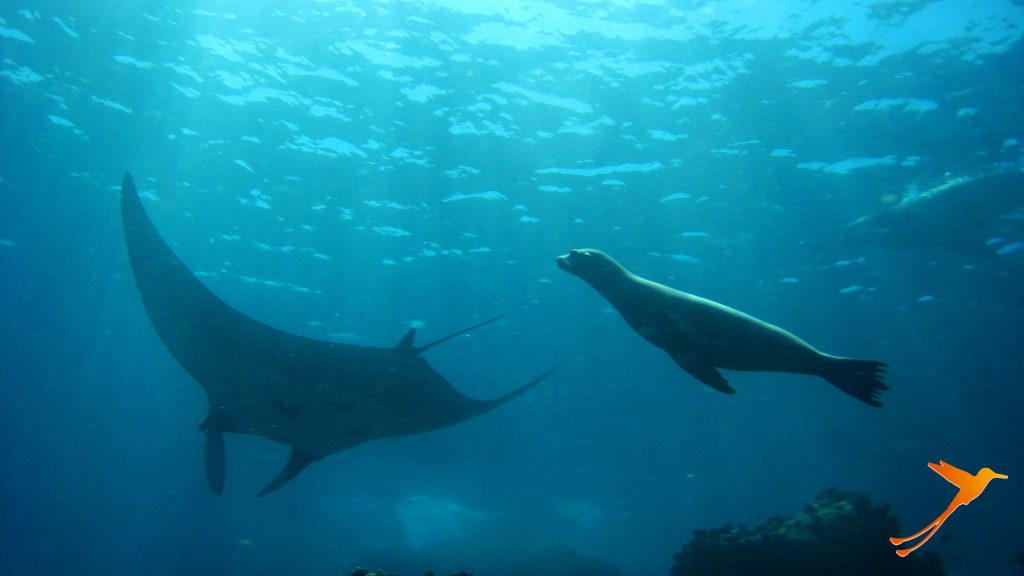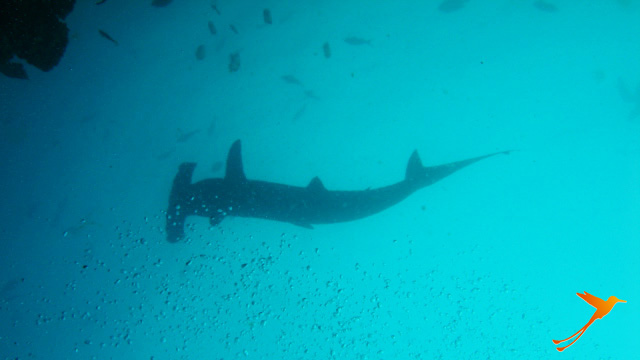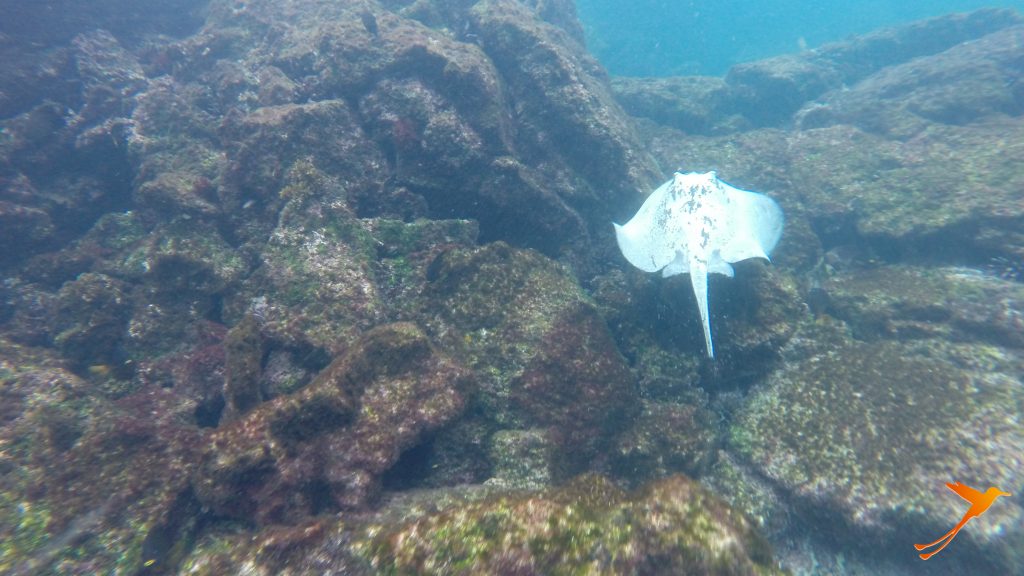New marine reserve in the eastern Pacific

Master
There is good news for the Pacific: As part of the UN climate summit, Ecuador, Colombia, Panama and Costa Rica announced the establishment of one of the largest and most biodiverse marine reserves in the world.
This will significantly increase and join already existing protected waters in each country. The protected area is expected to exceed 500,000 square kilometers. It is an important step towards improving species conservation, a step that organizations such as the Turtle Island Restoration Network have long called for. The “Eastern Tropical Marine Corridor” (CMAR), as the project is called, provides a safe swimway for endangered marine species between Ecuador and Costa Rica.

Banning exploitative and illegal fishing
Since 2017, Chinese fishing vessels have repeatedly spent the summer months sailing in waters around the Galapagos Islands for commercial fishing. Last year, however, the fleet was significantly larger – more than 300 vessels – that means a serious threat to several species. A particular risk exists for those species that migrate out of the Galapagos Islands’ protected zone toward the open sea, swimming directly to the fishing ships. The big problem here is the longline fishing when not only tuna is caught but also sharks, turtles, sea lions and dolphins. While the Chinese embassy in Quito assures a “zero tolerance” attitude toward illegal fishing, the problem is that some fishing fleets do not abide by any regulations and in some cases have even turned off their satellite communication systems.
However, the creation of the new marine protected area is not just about restricting foreign fishing. It is also about controlling illegal, under-recorded and unregulated fishing (IUU) by local communities.

Expansion of national protected areas
Ecuadorian President Guillermo Lasso announced at the Climate Change Conference in Glasgow in early November 2021 that the Galapagos Marine Protected Area, which currently covers 133,000 sq km, will be expanded by an additional 60,000 sq km. The new area includes Cocos Ridge, an underwater mountain range, and merges with Costa Rica’s protected marine area. The new protected area in Ecuadorian waters is going to be divided into two parts: in the area along the Cocos Ridges, any fishing will be prohibited. In the other 30,000 sq. km, adjacent to the northwest of the existing Galapagos protected area, only fishing without longlines would be allowed.
Lasso does not expect any rejection or protests from small-scaled and industrial fishing companies, as he has been in dialogue with them for several months before the climate conference.
Colombia’s President Iván Duque announced his intention to add another 160,000 square kilometers to the existing protected area of 120,000 square kilometers.
Panama had already quintupled the area of its “Cordillera de Coiba” marine protected area in June 2021 as part of the “30×30” initiative. It now measures 98,230 sq km.
The increase in the size of the protected areas of the individual countries is of course significant for the protection of species. Far more important, however, is their joining together, according to British marine biologist Alex Hearn, who worked for many years on the Galapagos Islands. He describes the waters around the Galapagos, Malpelo, Cocos and Coiba Islands as a living laboratory for scientific research. He has noticed that populations of many migratory species have declined significantly this century, including sea turtles, rays and sharks, particularly the critically endangered hammerhead sharks.
The corridor created with the merger of the protected areas will allow species to migrate unimpeded again
The designation of the new marine protected area is indeed an important and right step for the protection of one of the most valuable ecosystems in the world. But various environmental organizations and Max Bello, marine policy advisor for the NGO Mission Blue are calling for further action. He says “With this agreement, Latin America once again consolidates its leadership in marine conservation, but more is needed. We hope to achieve at least 30% of protection in all [maritime] countries.”

Sources and further articles:
visit our other channels
Recent Posts
- From Manglaralto to Pacoche and surroundings April 18, 2024
- Excursions within the rainforest region of Ecuador April 5, 2024
- Ecuador in a state of emergency?! My personal experience March 22, 2024
- The 10 most beautiful lakes and lagoons in Ecuador – Part 2 March 12, 2024
- The 10 most beautiful lakes and lagoons in Ecuador – Part 1 February 23, 2024